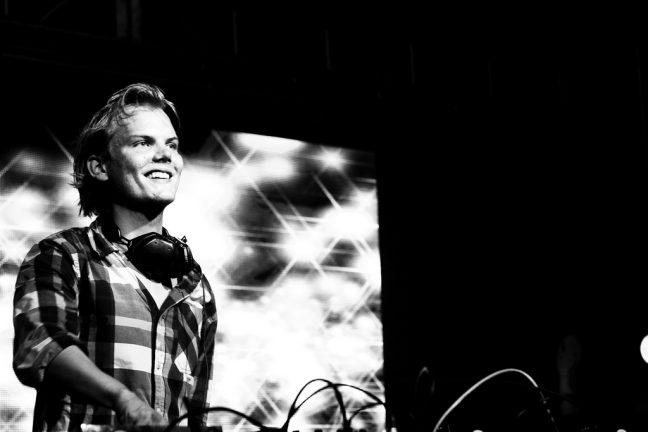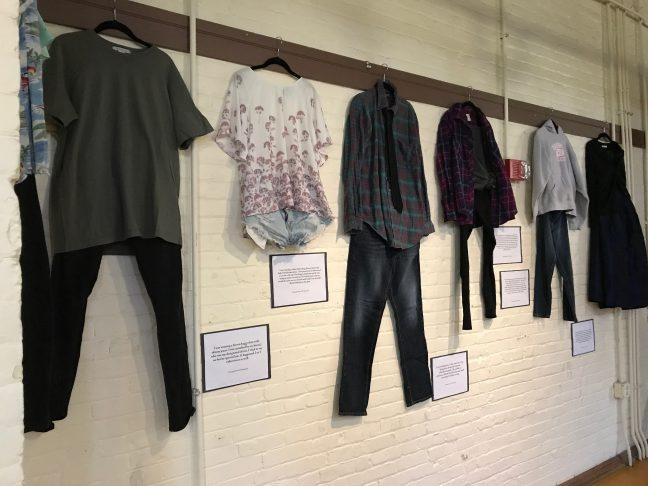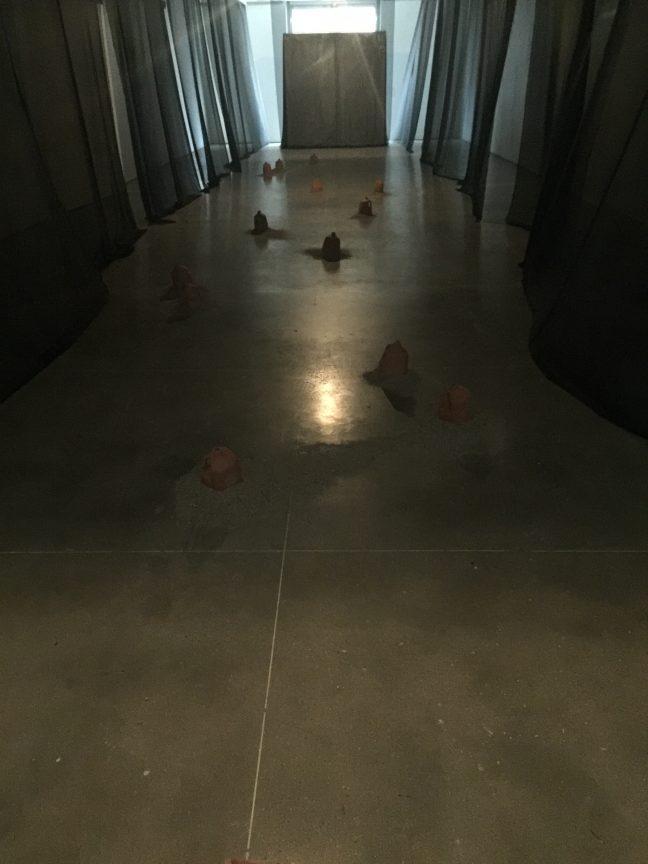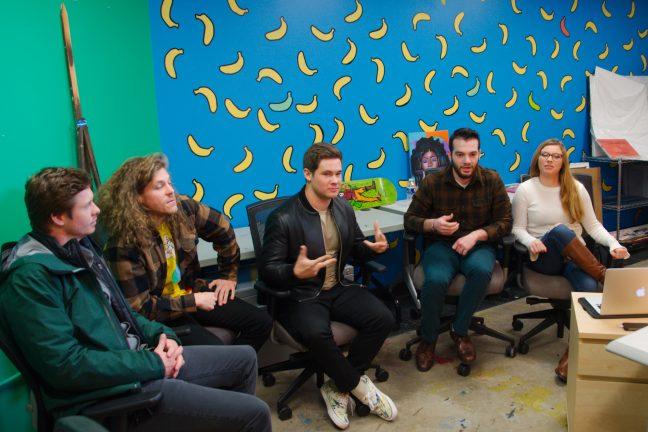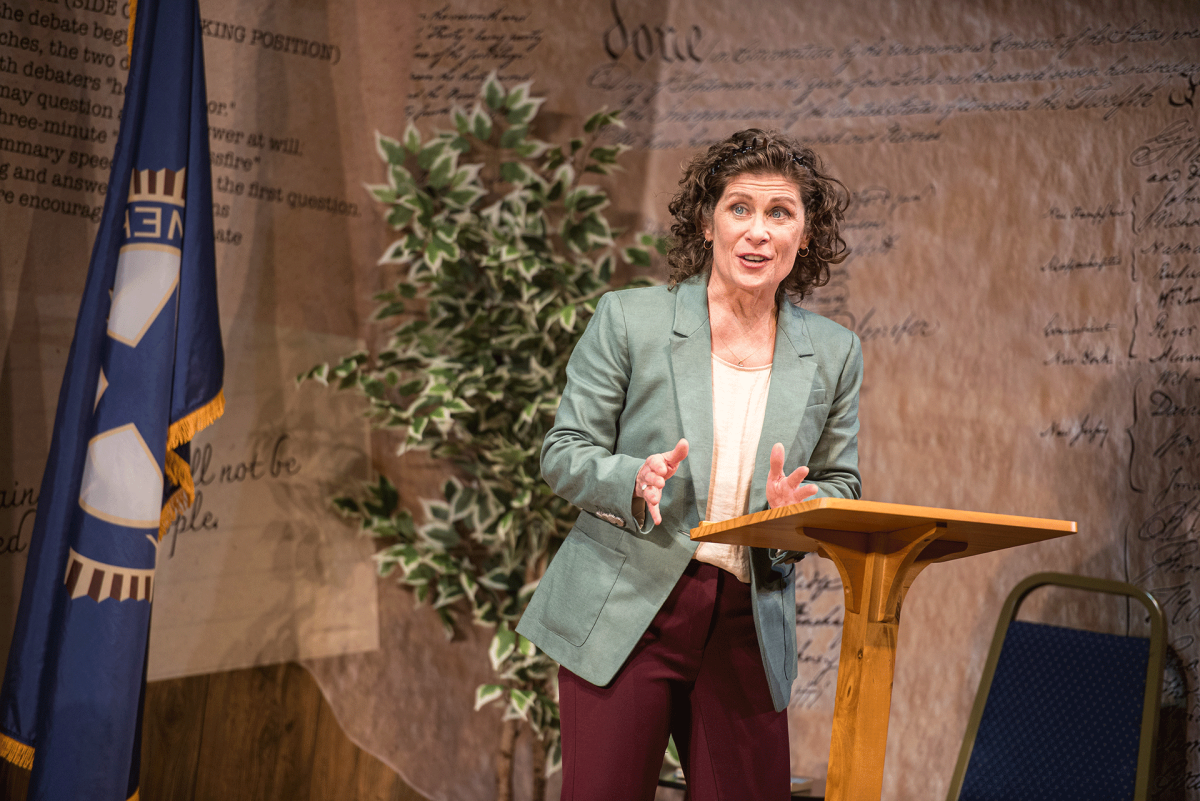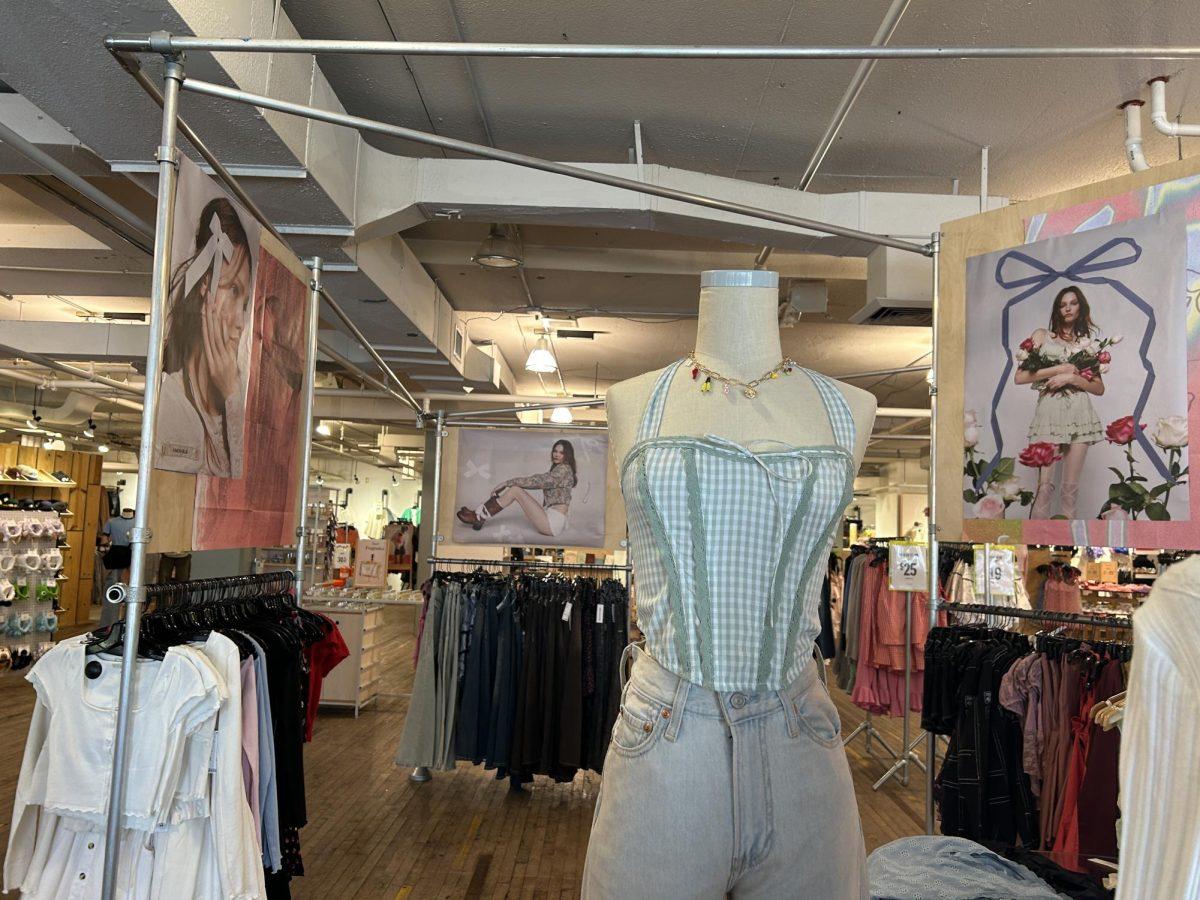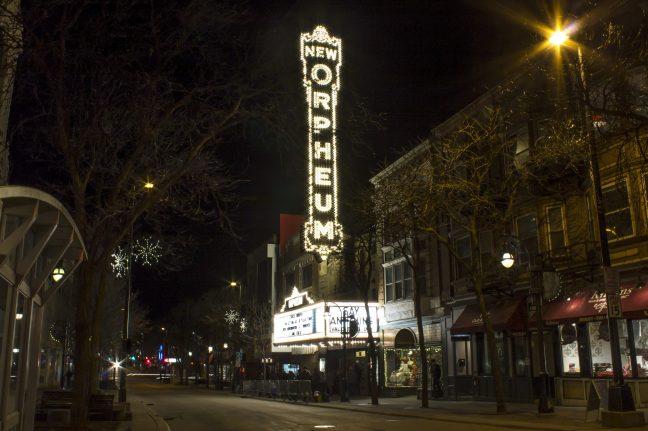
It’s Saturday afternoon in the Theater Gallery at Memorial Union. Little girls in big red bows and snow boots gallop down the hallway as their mothers try to keep up, holding their hands while dragging behind.
The first snow has fallen in Madison, and Dance Wisconsin’s The Nutcracker Fantasy is about to begin in the Union Theater. As the anticipation of sugar plum fairies glisten in the eyes of Madison’s children, the brightly colored portraits lining the walls in the Theater Gallery reflect their virtue.
In one image, the depiction of 9-year-old Geraldine McKeown smiles from behind her glass frame, while a whimsical ballerina dances behind her in the backdrop. In another, the viewer is immediately entranced by the brightest blue eyes of 3-year-old Jonathan Ball, as he smiles down at the children waiting for the ballet performance to begin.
However, while the children of Madison look up at these images of their peers, they fail to understand the grief that permeates each of the 15 images in the exhibit.
At first glance, it’s difficult to accept that under Geraldine’s portrait, a small card reads, “Shot by Ulster Volunteer Force, Dec. 8, 1976,” while 3-year-old Jonathan’s card reads, “Killed by Irish Republican Army Bomb, March 20, 1993.”
These aren’t portraits of purity or childhood delight, but images of loss and violence that took away the innocent lives of over 270 children during the decades of conflict in Northern Ireland beginning in the ’60s.
It’s difficult to look at the portraits of Madison-based Irish artist Colm McCarthy’s gallery, titled “KILLED,” and not see the joy he captures in each work, despite their context.
As McCarthy notes in his artist statement, “Each story was as tragic and pointless as the one that preceded it. But each child’s story was necessary to learn if I was to paint them with any kind of justice. And so I learned them all.”
The 15 portraits of children he depicts in the gallery doesn’t even come close to capturing the tragedy of the conflicts in Northern Ireland, but it was important for the artist to honor the memory of each child by learning their stories. As an Irish emigrant, the conflicts and violence in Northern Ireland have affected McCarthy tremendously, with over 3,500 deaths as a result since 1969.
Of this number, 275 souls were under the age of 17, and therein lies McCarthy’s focus: “It is about love and loss and the stupid futility of sectarian violence.”
The color scheme of the images and their presentation in the gallery is jarring at first glance, but after considering the context, the medium and colors McCarthy uses appear to be a sentimental nod to lost childhood. The saturated colors in the faces of the children, with the bright greens, blues and yellows of their backdrop, keep them forever frozen in the joy of McCarthy’s pallet, away from the destruction that occurred during their lives.
Painted on industrial materials like aluminum and zinc, the children’s bright faces smile atop the metal plates they’ve been captured upon as a reminder of the conditions of their deaths. In most of the images, the children are dressed in their Sunday best, and their expressions are peaceful, hopeful and excited.
In one portrait, 12-year-old James Barker smiles proudly, while a logo for a local football team makes an Andy Warholian pattern in the background. The colors in the image are as bright as the hopeful boy’s future, yet the viewer must look past the joy in the picture and remember 12-year-old James was killed by a car bomb in 1998, dashing any hopes of a professional football career.
The images all come together beautifully, as each child is uniquely honored in each portrait. Some smile directly at the viewer, while others look off in the distance dreamily – no matter the expression, McCarthy freezes the spirit of childhood forever in the image.
In one haunting portrait, an older victim looks out from his frame with a somber demeanor, representing one of the few children who look as if they understand the tragedy of their time. The portrait is of 15-year-old Michael McIlveen, who was beaten to death by a loyalist gang in 2006.
Perhaps it is his age, or maybe the brutal circumstances of his death, but compared to the image of 1-year-old victim Brenda Devine, it is almost more tragic to look at the image of a boy aged by violence, as opposed to a young child who was unknowingly thrust into turmoil.
McCarthy restores innocence and eternally captures the spirit of the children among bright colors and images of happier times. And while McCarthy initially hoped to make portraits honoring all 275 children, his funds just didn’t cut it.
“If someone wants to fund me, I’ll happily do the other 260. I want to. I feel compelled to,” he says in his artist’s statement. The personal commitment McCarthy feels toward each of these children is unmistakably moving, making “KILLED” an exhibit meant for people to reflect upon and admire.
“KILLED” can be seen in the Theater Gallery of Memorial Union through Jan. 25.










